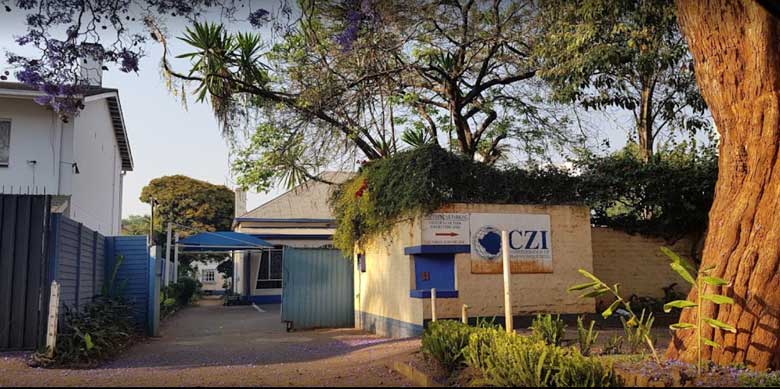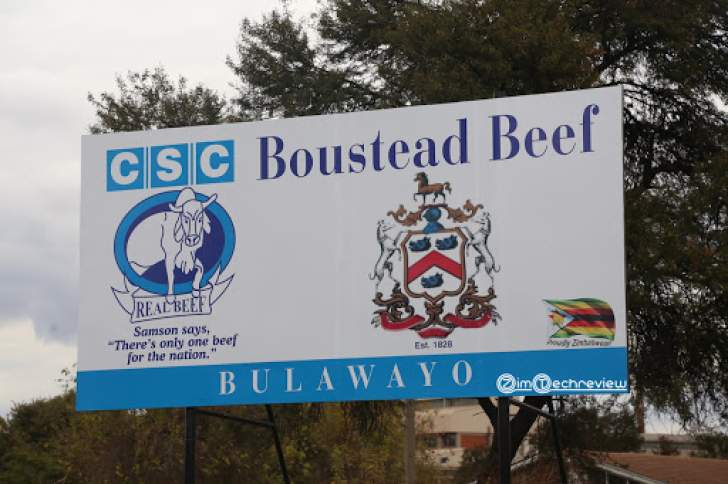
TREASURY is set to pump in excess of US$13 million into early warning systems as part of disaster risk management plan to avert climate shocks, Standardbusiness has learnt
Already, US$6 million has been used to acquire and set up such systems over the years, with another US$7 million expected to be spent to see the projects to finality.
These include radars, automatic weather stations and rain gauges.
Zimbabwe has emerged as one of the most vulnerable countries to climate disasters, according to the Ministry of Environment, Climate and Wildlife.
The investments in early warning tools came as lessons from the 2019 Cyclone Idai that ravaged Manicaland province, leaving thousands of people homeless and devastated.
Prosper Matondi, permanent secretary in the ministry of Environment, Climate and Wildlife, said the government had an array of radars that have been installed in about five locations.
“We have got one in Harare, that helps us also for our aviation services, and covers the Robert Mugabe International Airport,” Matondi told Standardbusiness on the sidelines of a policymakers resilience roundtable organised by the Insurance and Pensions Commission together with Financial Sector Deepening Africa.
“We have got radar that is installed in Kariba, third radar that is in Victoria Falls (and) a fourth radar that is at the Buffalo Range.
- Policymakers urged to include children's rights in climate change plans
- Zim launches climate change gender action plan
- Zim announces plan to protect wetlands
- More equipment for airport expansion
Keep Reading
“For the early warning system, it is the government that largely has invested in this.
“Over US$6 million was used for the radars and we are also looking at an equivalent amount of money for the rest of the equipment that we have put in place that comes to probably about US$12 to US$13 million. And it’s all coming from the government.”
The permanent secretary said they have development partners, who are complementing with one or two automatic weather stations in specific areas where they are doing complemented work.
“But this entirely has been an investment by the government to ensure the protection of our people. We were mandated to produce the national adaptation plan and an investment around it,” Matondi said.
“The whole idea is that we need our people to be able to realise the adverse effects of climate change and then the actions that they also need to be able to adjust themselves to this eventuality.”
He said the government can take measures like having large dams, ensuring that water bodies have a large-scale food production system.
“But it does not take away the role that households and local communities must play and adjust in the context of this weather,” Matondi said.
“We then cost that investment. It’s about US$10,3 billion, of which a large proportion needs to go into agriculture, which is about US$4 billion.
“The addition is on water, water resources, which is about another US$4 billion.”
Matondi said there were other various activities that needed to be done to complement the capacity of communities to be able to adjust.
Given that the government operated on the basis of devolution, he emphasised on building and strengthening the capacity of provinces to be able to deal with circumstances that they face.
“We have installed automatic weather stations throughout the country. We have got 47 automatic weather stations that we initially put in 2021-2022,” he added.
“The numbers have since grown to about 110 automatic weather stations.
“What this allows us is that we are able to read weather information and weather data in real time—on our phones, in our offices, on our computers, and in our laptops.
“Our development partners have come in to support that as well.”
To ensure that farmers in specific regions are able to get weather data in real time, the government has put in several rain gauges.
“I would also like to add that for our aviation services, we are even adding more.
“We are putting in additional six radars, automatic weather observation systems that are then used to complement the radars that I have talked about,” Matondi said.
“They will also be able to give us in real time the information that we require for us to be able to secure our aviation, but also be able to read different weather parameters.”
He stressed the need to continually build that into capacity to ensure the equipment is put to better use.










